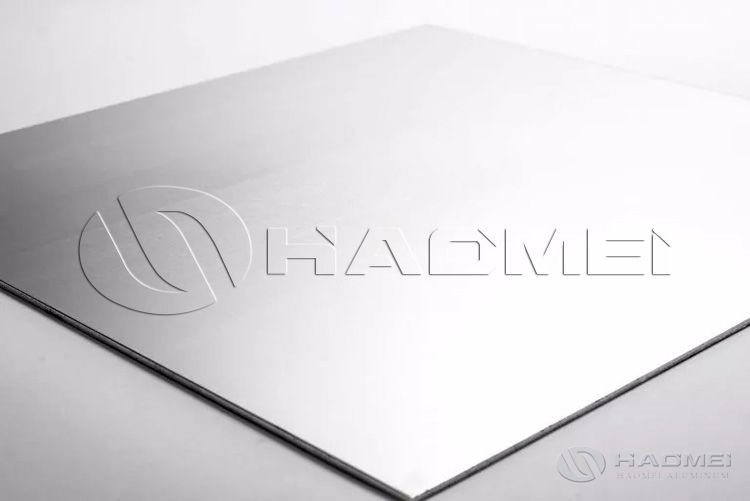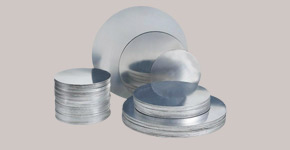
A Versatile Aluminum Alloy 1100
1100 aluminum, an industrially pure aluminum material, has an aluminum content of approximately 99%. This high purity underpins its unique properties.

Typical properties
Excellent Corrosion Resistance: Due to its high purity and low impurities, 1100 aluminum alloy exhibits excellent corrosion resistance in a wide range of environments, ensuring long-term corrosion resistance. It remains stable in both humid environments and mildly corrosive chemical atmospheres.
Excellent Electrical and Thermal Conductivity: The high aluminum content gives 1100 aluminum alloy excellent electrical and thermal conductivity.
Low density and good plasticity: Its excellent plasticity allows it to be easily formed into various complex shapes through press working, meeting the needs of diverse product designs. However, 1100 aluminum alloy also has certain limitations. It cannot be heat-treated to enhance its mechanical properties, resulting in relatively low strength.
Different tempers
O (Annealed): At this stage, the aluminum alloy reaches its peak plasticity and is soft, making it easy to perform various forming processes such as deep stamping, stretching, and bending. It can be made into complex-shaped parts, such as special-shaped decorative pieces and thin-walled containers.
H12: This is a state with a low degree of work hardening. It achieves a certain level of strength through a small amount of cold working while still retaining good ductility. It is suitable for applications with mild strength requirements and some formability, such as simple stamping parts.
H14: This is a state with a moderate degree of work hardening. The strength of 1100 h14 is slightly higher than H12, but its ductility is moderate. It can be used to make products that require a certain load-bearing capacity and can undergo moderate forming, such as small structural brackets.
H16: It is highly work-hardened, with increased strength and reduced plasticity. It is suitable for parts requiring high strength but relatively simple forming, such as fasteners.
H18: This is the most work-hardened state, offering high strength and hardness but low plasticity. It is primarily used for products requiring high strength and requiring little subsequent forming, such as simple sheet or strip structures.
Specific uses
Kitchenware: Due to its excellent thermal conductivity, 1100 aluminum alloy is often used in kitchenware such as pots and pans, tableware, and more. Cookware made with 1100 aluminum alloy heats quickly and evenly, improving cooking efficiency and making cooking more convenient.
Building Decoration Industry: Its weather resistance and workability make it an ideal material for architectural decoration. Anodizing 1100 aluminum alloy not only further enhances corrosion resistance but also creates an aesthetically pleasing surface, adding a unique visual effect to buildings.
Electronics and Power Industry: Due to its excellent electrical conductivity, 1100 aluminum alloy is used in aluminum busbars, transformers, and other applications. In electronic devices, it is also often used as a heat sink, helping to dissipate heat from electronic components and ensure stable operation.
Packaging: 1100 aluminum alloy's excellent ductility and formability make it particularly useful in the packaging industry, such as in bottle caps.
Original source: https://www.hm-alu.com/a/a-versatile-aluminum-alloy-1100.html



